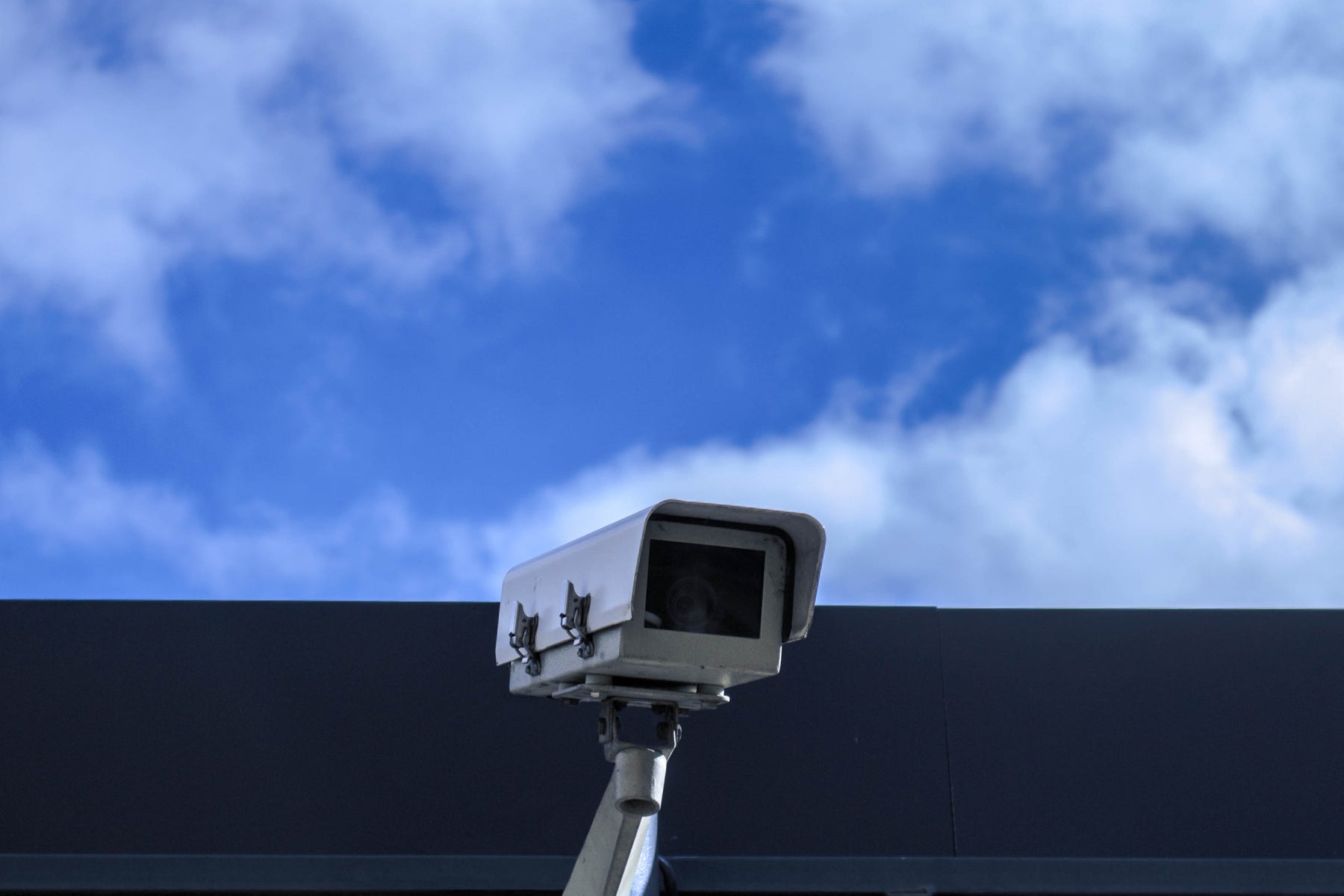Request Dealer Price

How to Waterproof the Security System Installation?
Although most security cameras these days are waterproofed, do not forget to protect the wire and interface while installing. Safeguard your outdoor security camera installation to maximize your security system’s lifespan.
Waterproofing is an indispensable step in the installation stage. Doing a great job on waterproofing can effectively prevent water intrusion to malfunctioning, also extending the service life of the equipment.
1.Outdoor equipment installation precautions
The camera cable has a sealing design which cannot be disassembled or cut. Disassembling or cutting the wire may cause short circuit and abnormal performance of the equipment.
- After connecting the cable, use waterproof tape to seal all the interfaces.
- Do not forget the wiring terminal too. The outlet of the wall-mounted camera with side wiring must face down, and the power adapter should be placed in the distribution box.
-
While installing a dome camera, do not hold it by the cable which may loosen the connection and reduce the waterproof performance. Do not install and rotate the threaded bracket with connected wire, which may cause stranded wires, cable damage and abnormal signal.



- Use an outdoor protective cover if your camera is not an infrared waterproof camera with a protection level of IP66 or higher. The cable must not be exposed and needs to be sealed by a pipe. The cable should be placed in a wire trough, and do not cut the end of the wire.
- Exposed cables of the outdoor protective cover and waterproof infrared camera should be in a "U" shape to prevent water flowing into the protective cover through the cable.
2.Outdoor Bracket Instructions
-
When installing with a L-shaped pole, it is recommended that the crossbar has a certain upward angle to prevent rainwater from pouring back to the top of the camera due to poor sealing of the crossbar.

- A long wall mounting bracket is recommended for outdoor usage as it has a certain inclination angle. It can also be used in conjunction with the pillar mounting bracket and the corner mounting bracket for outdoor installation.
- A short wall bracket beam is not suitable for outdoor installation since it has a horizontal cross bar. Meanwhile there is a gap between the short wall bracket and the fixed plate, which may cause water flowing back to the top of the equipment.
-
A hoisting bracket is not suitable for outdoor installation too since poor sealing may cause rainwater ingression through the gap, between the hoisting bracket and the fixed hanging plate. If a hoisting bracket must be used, it is recommended to use a dedicated outdoor waterproof hoisting bracket.

3.Network port waterproof
- Use a cable waterproof cap to protect the connection between network cable and camera network interface.
4.Power supply and other interfaces waterproof
- Use waterproof tape to wrap the interface and wires with at least 3cm width around the connection spot.
5.Power supply and others interface insulation
- Use insulating tape to cover and wrap again after the waterproof treatment.
- The coverage of the insulating tape should be similar to the waterproof tape.

Leave a comment